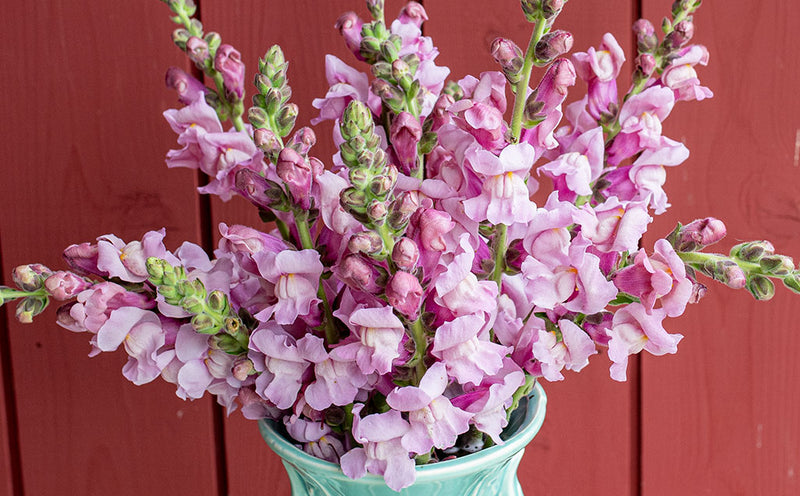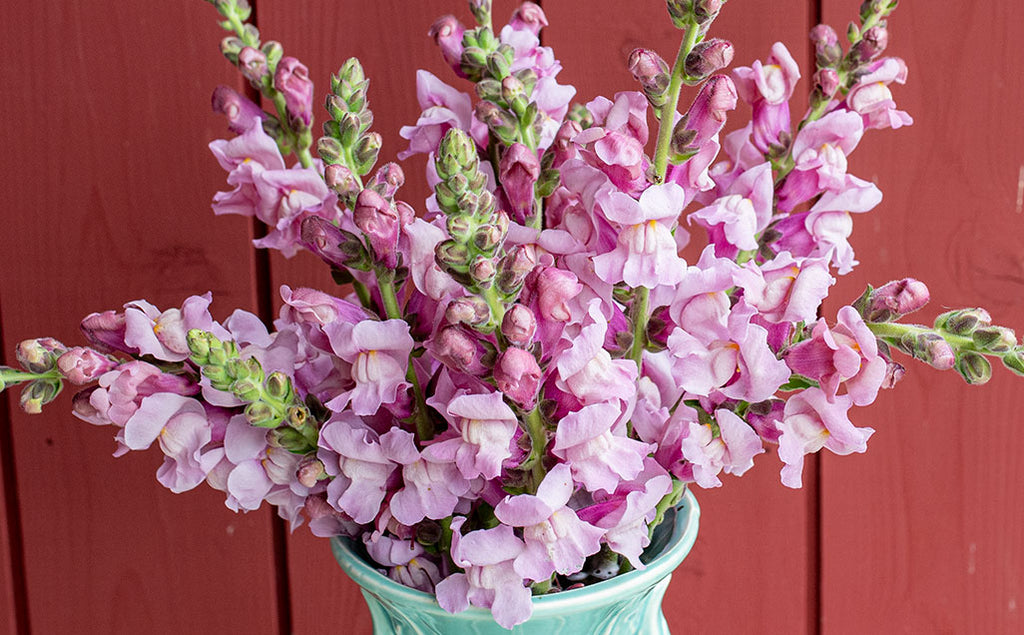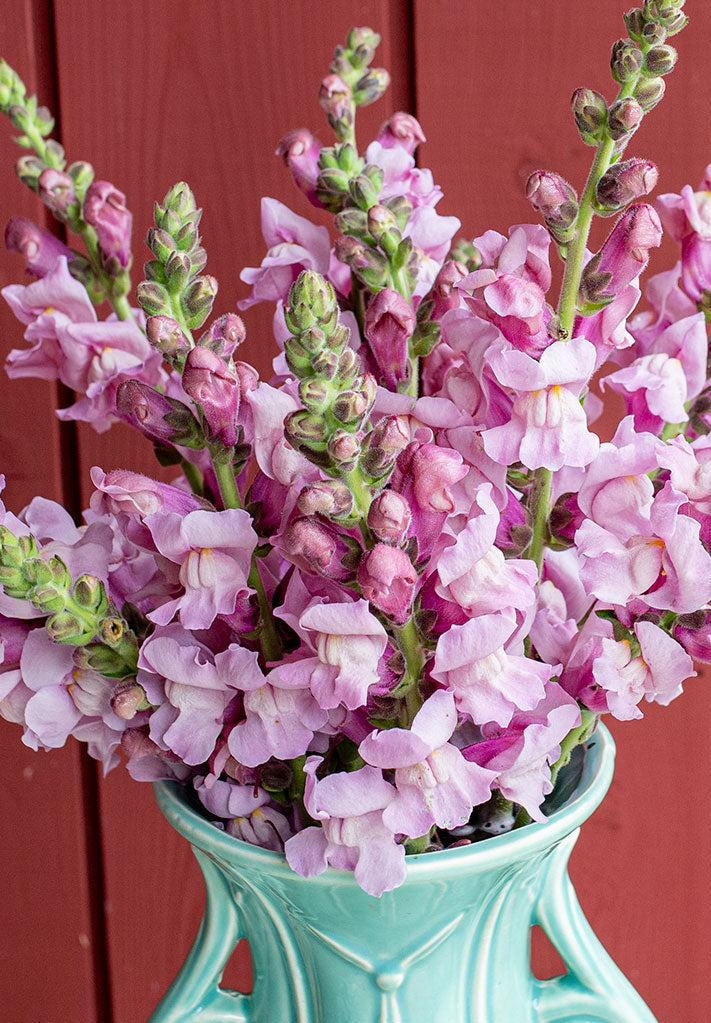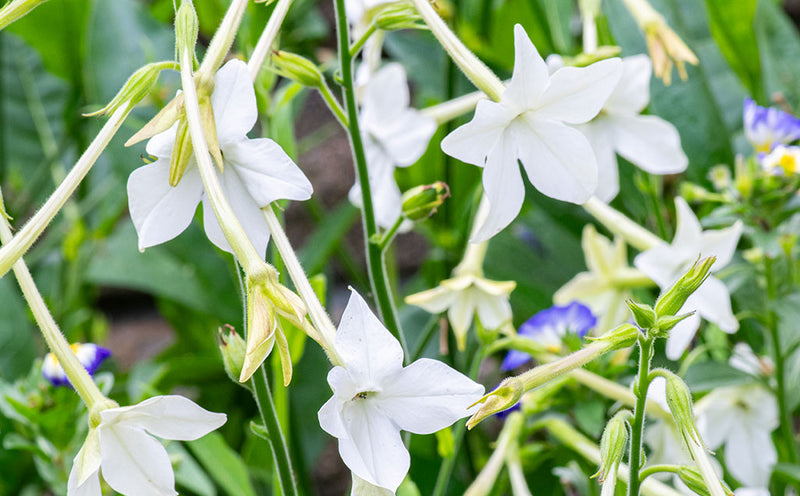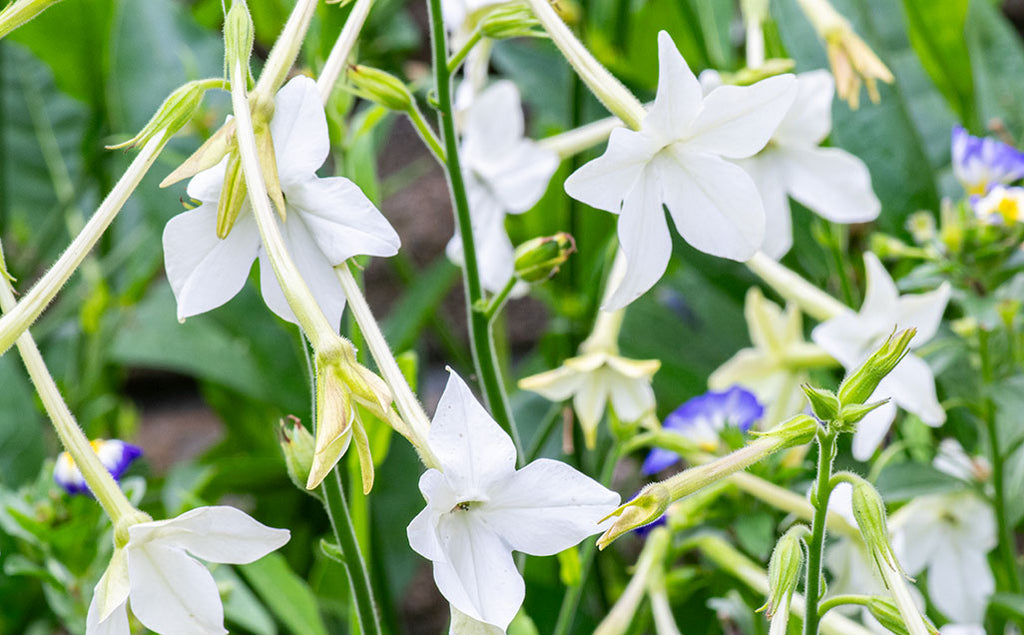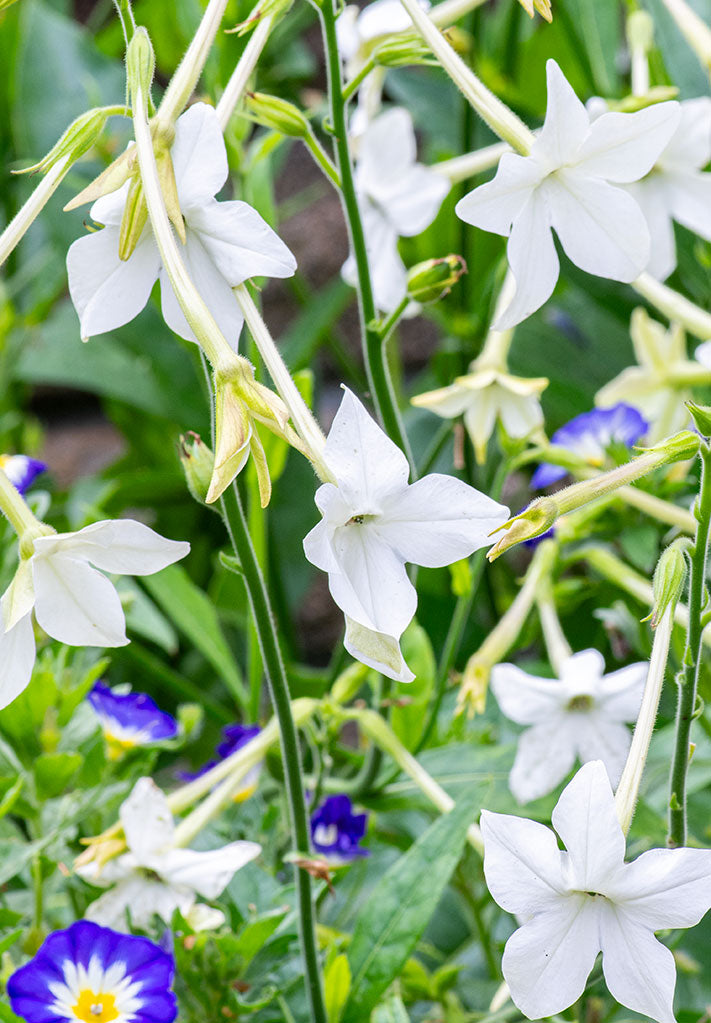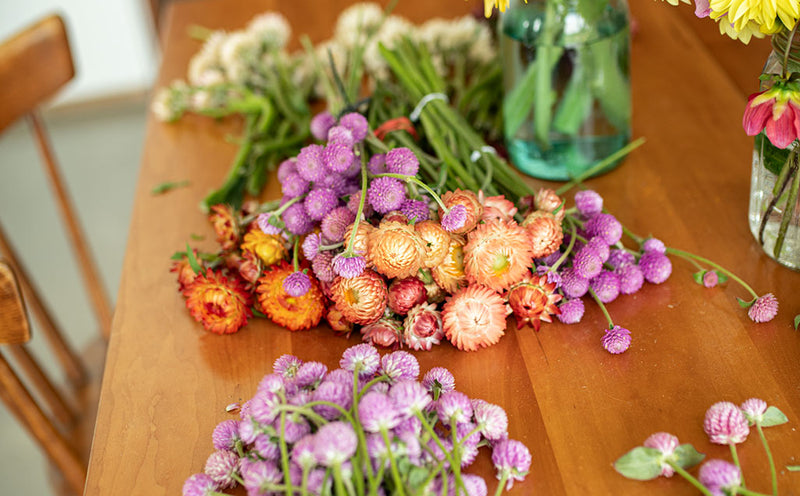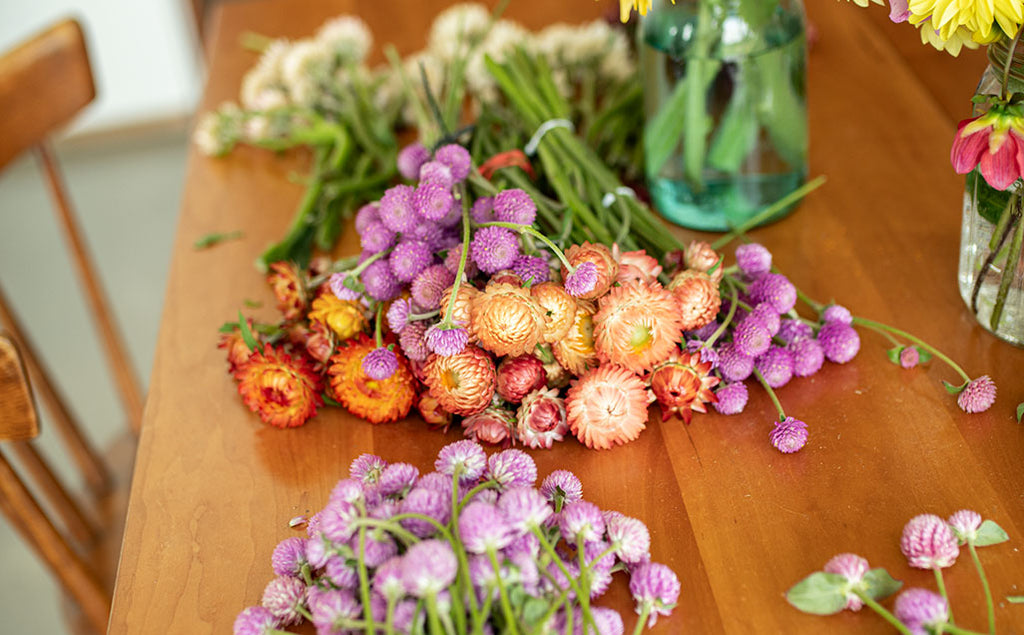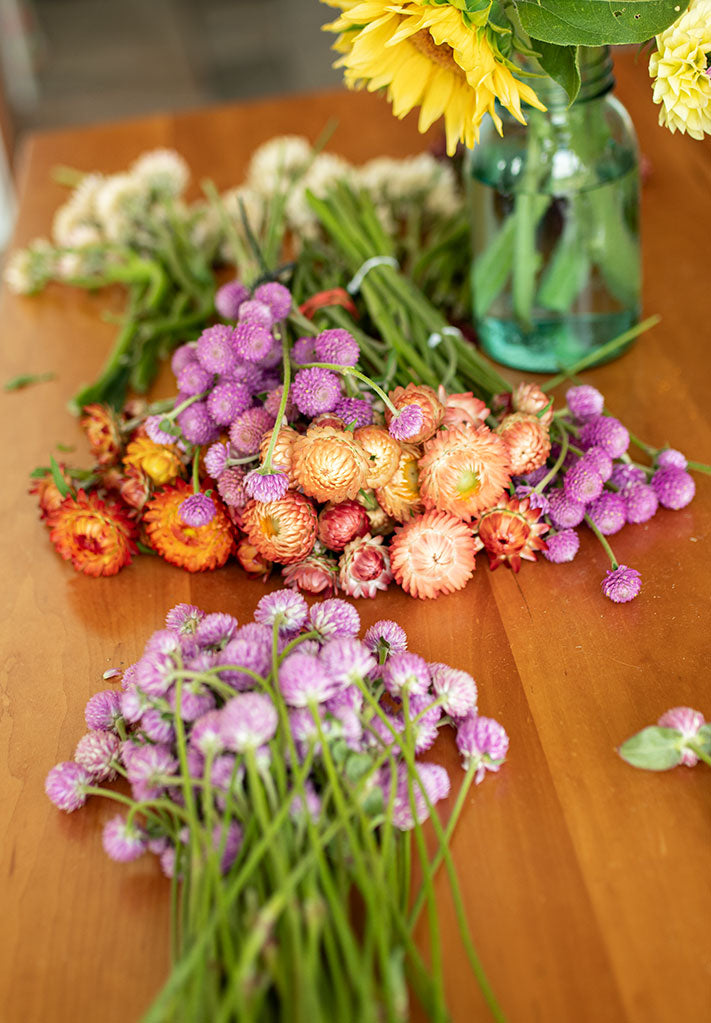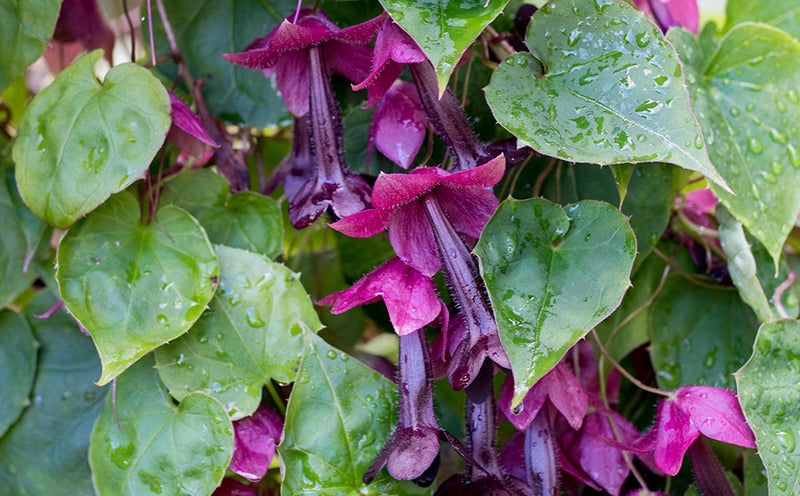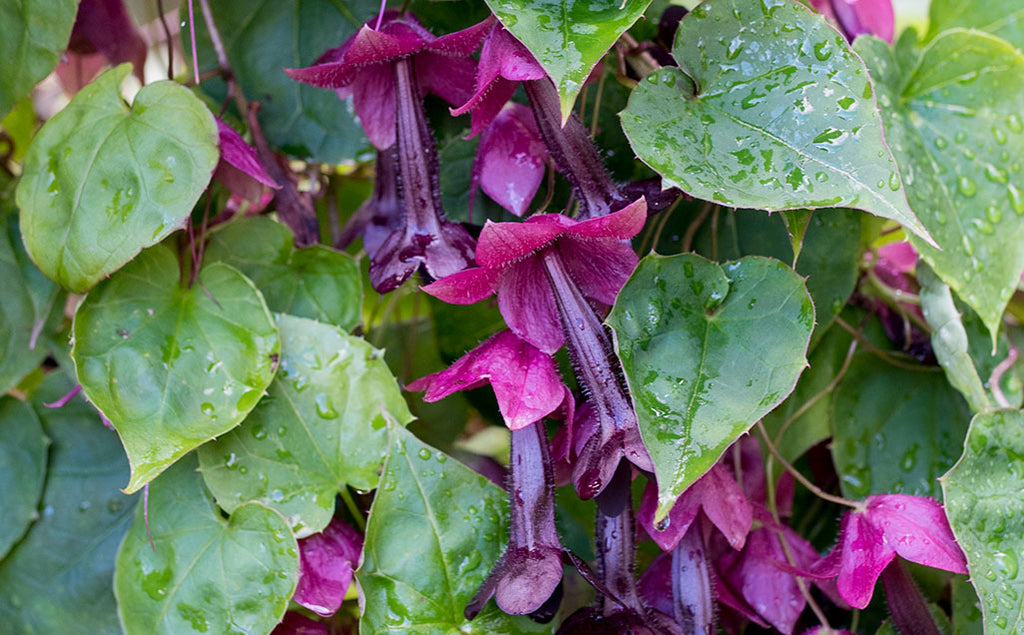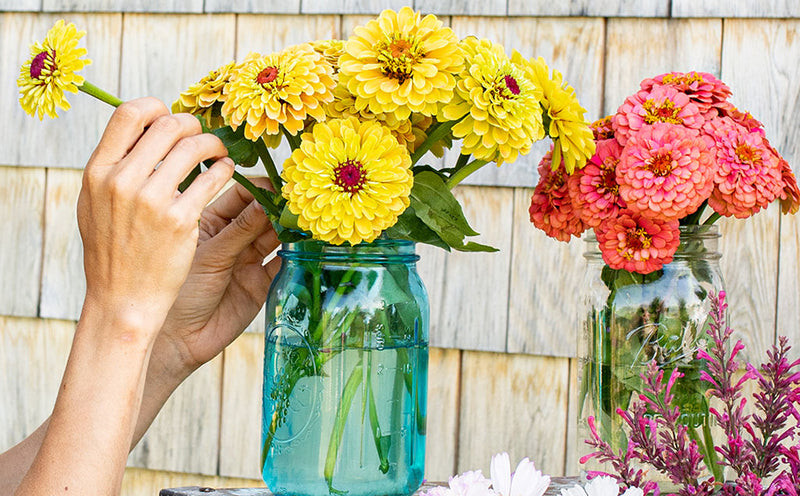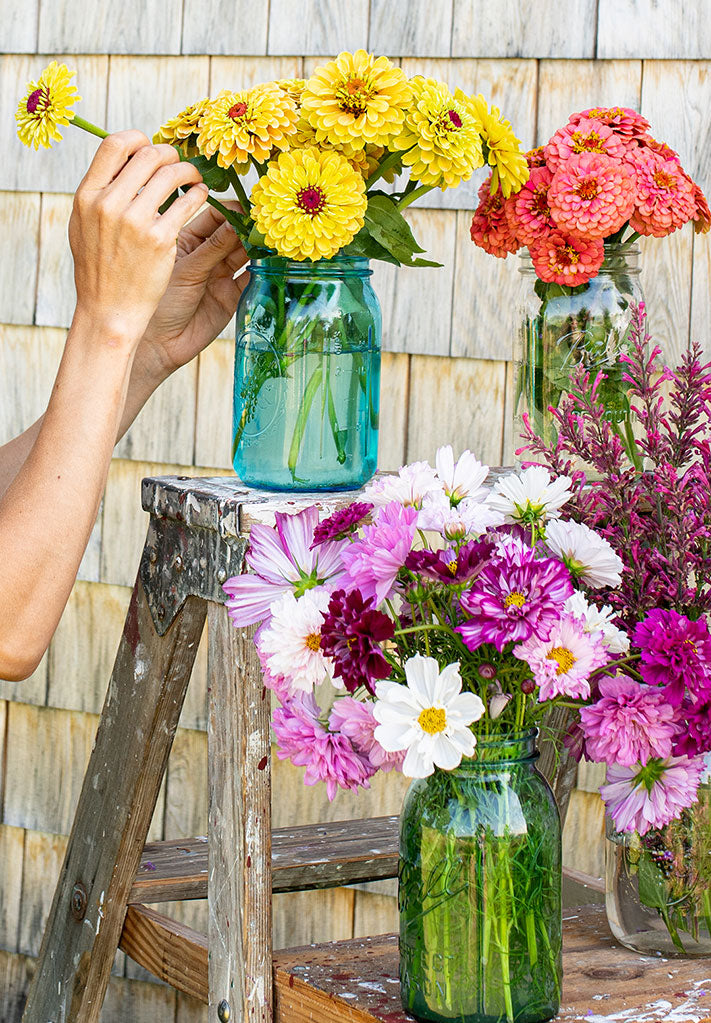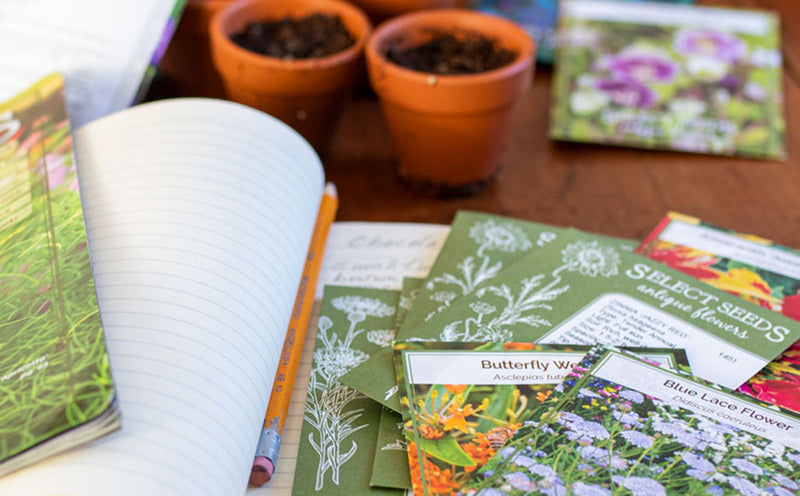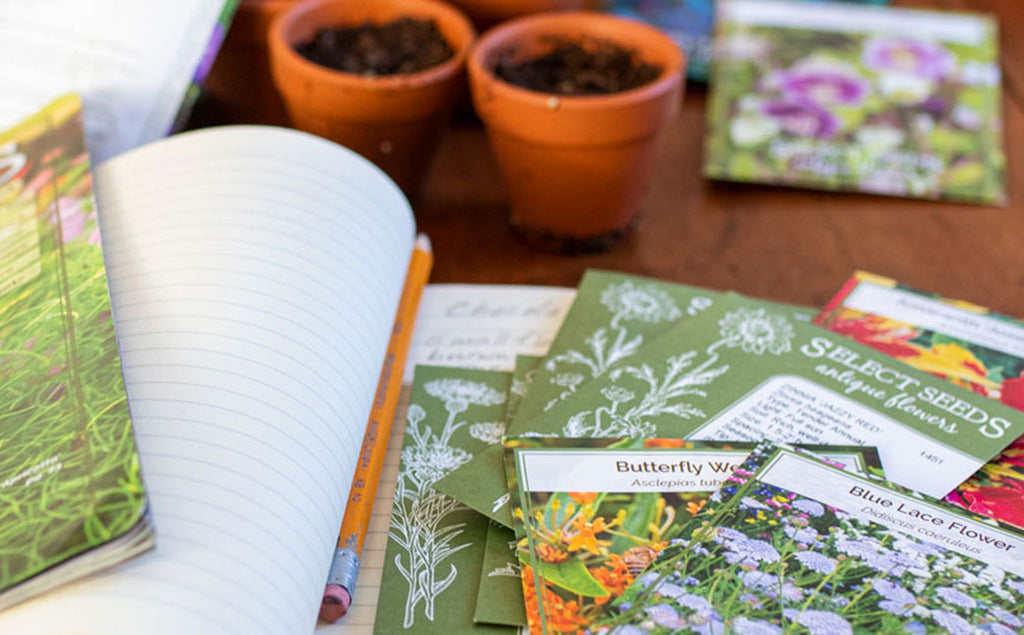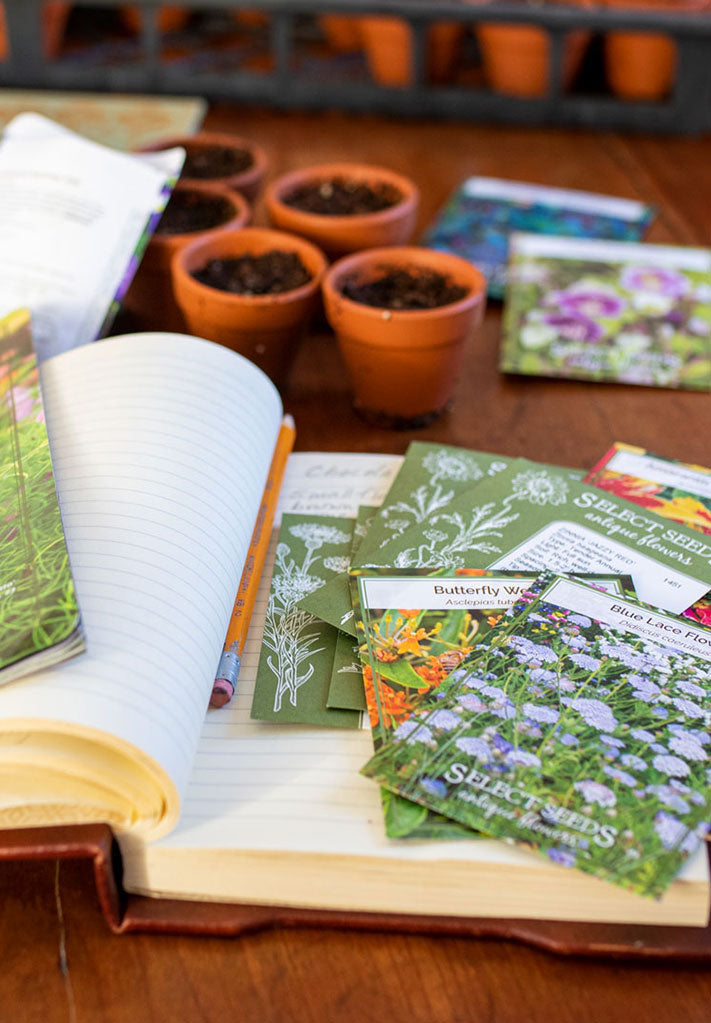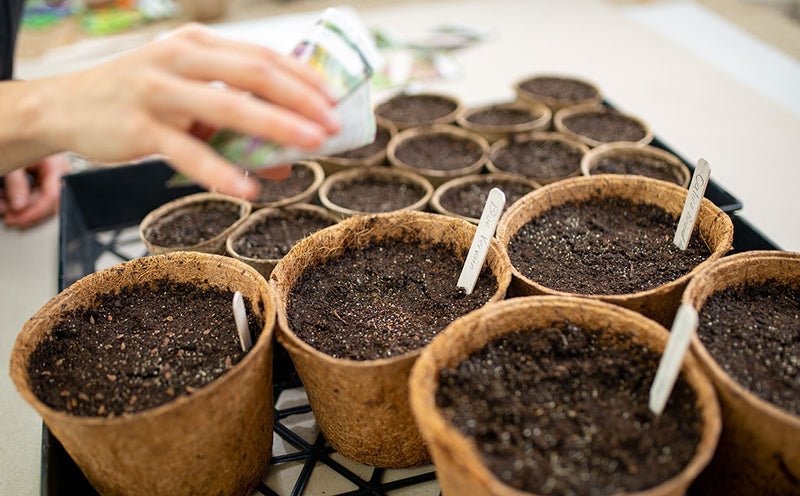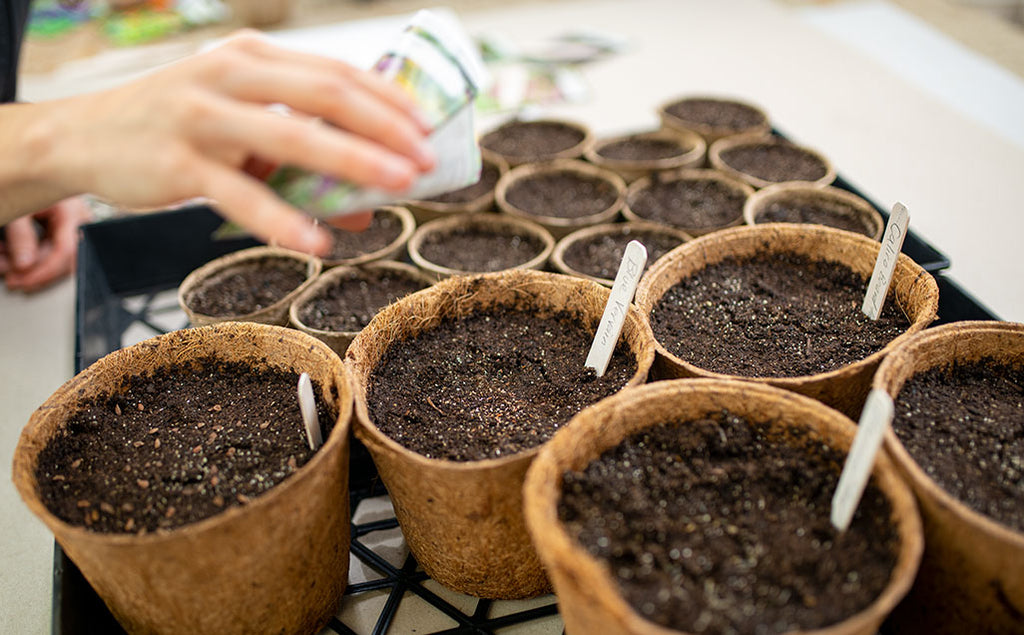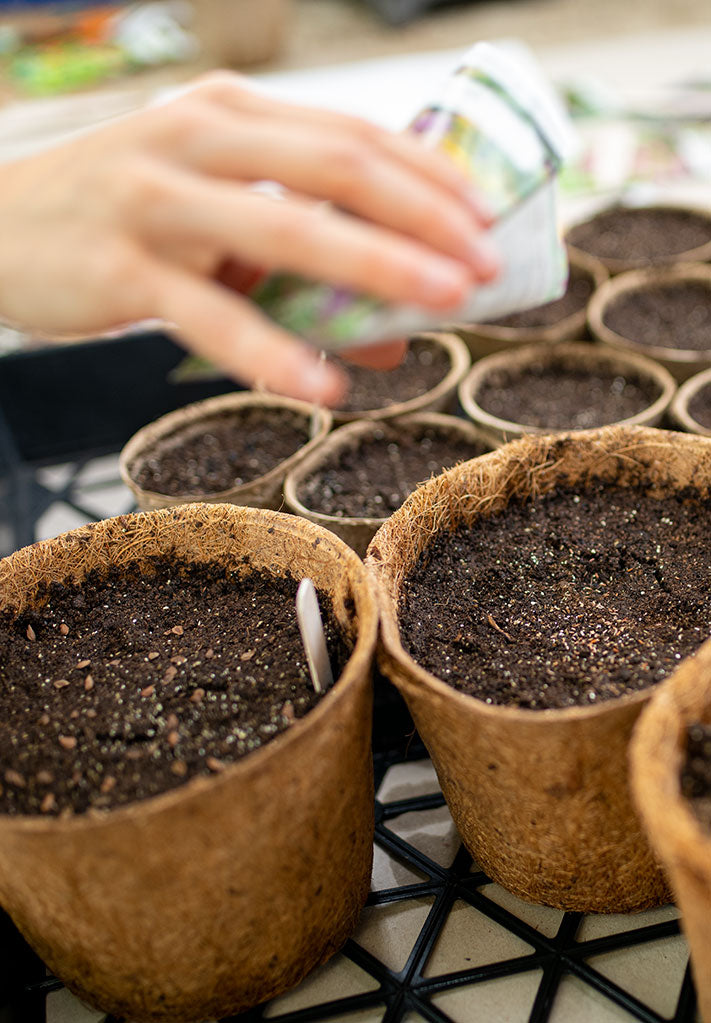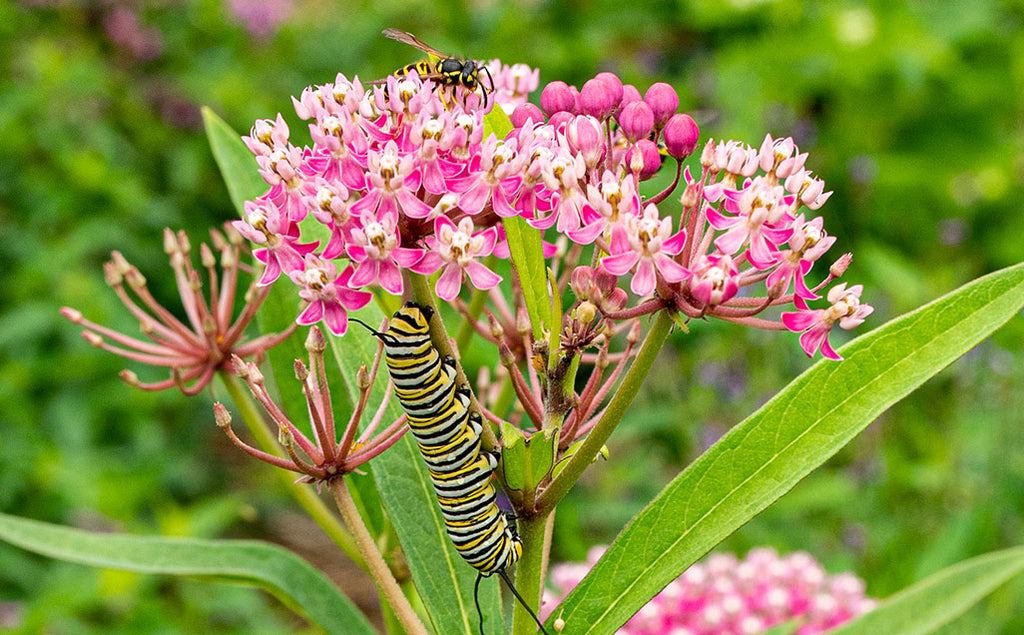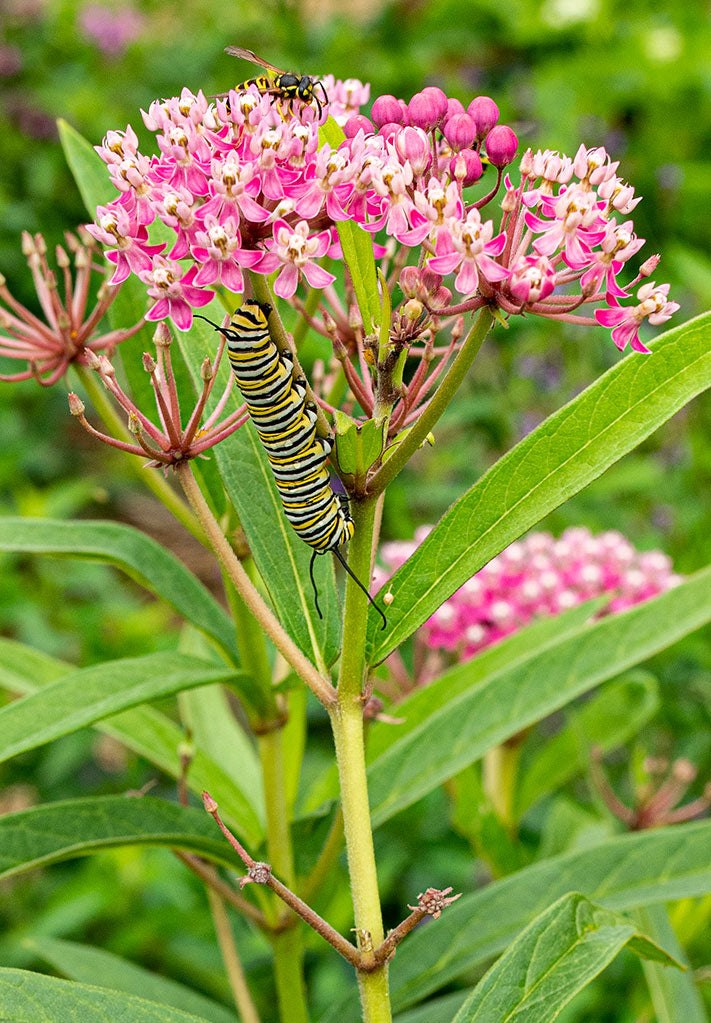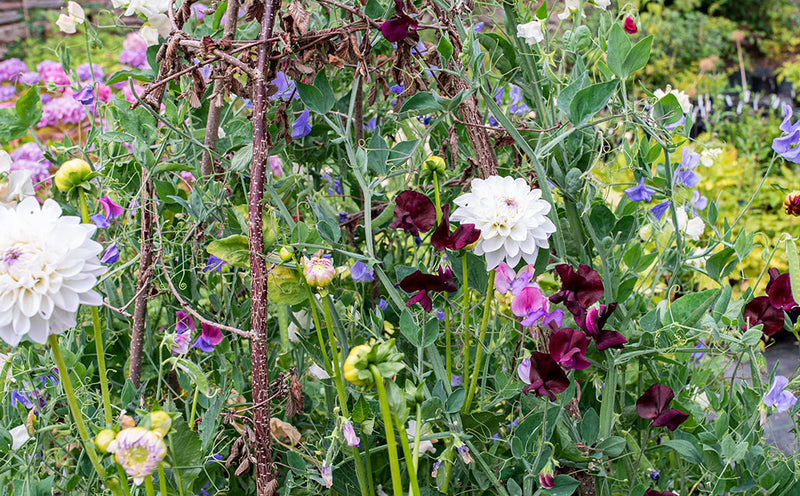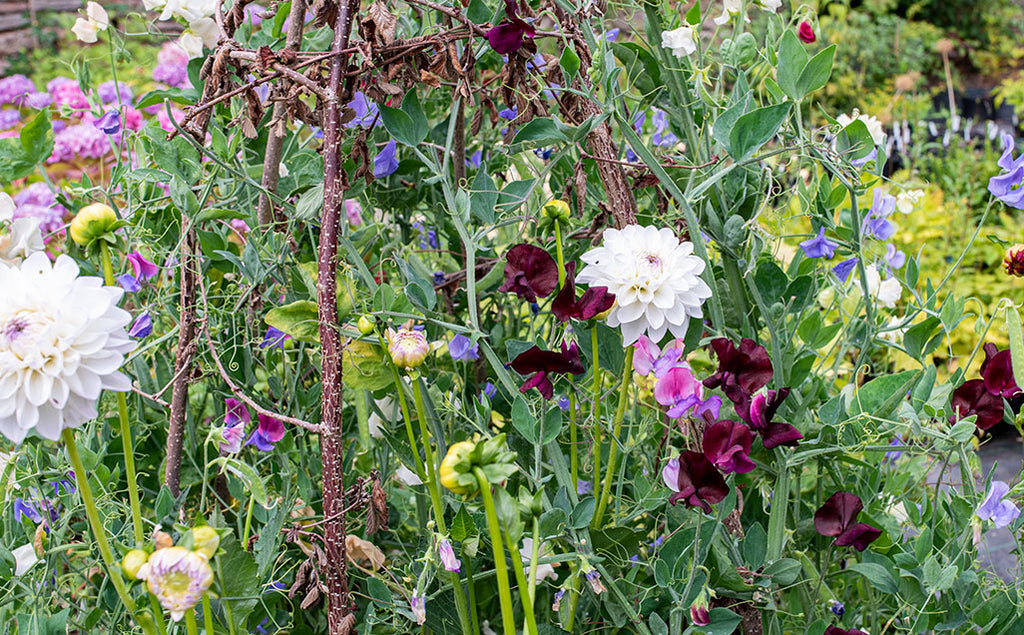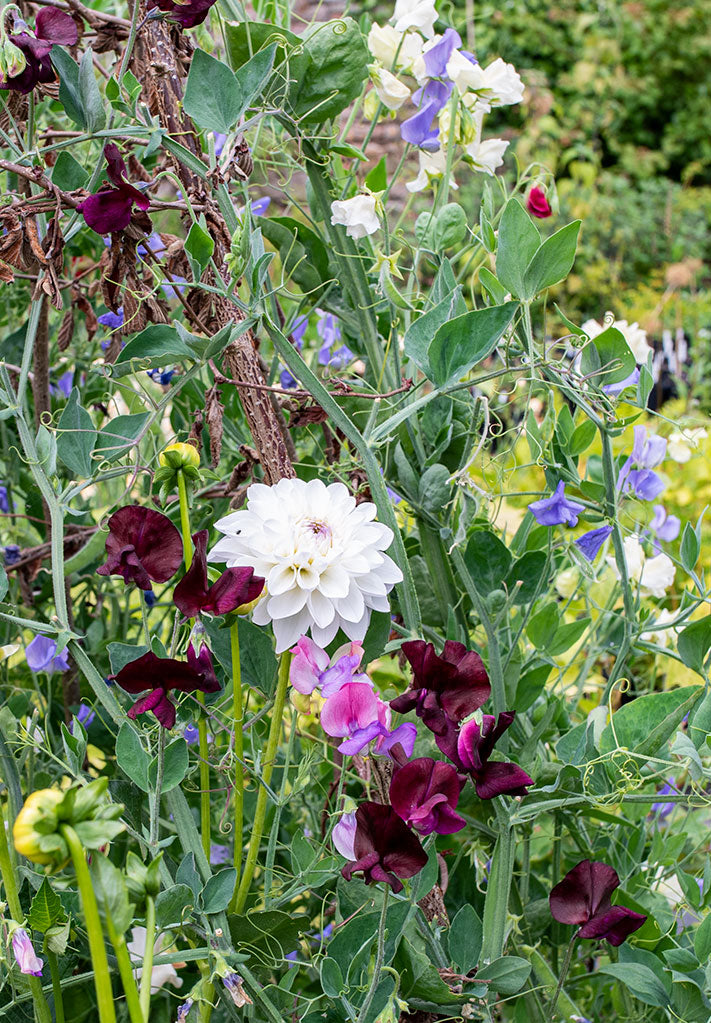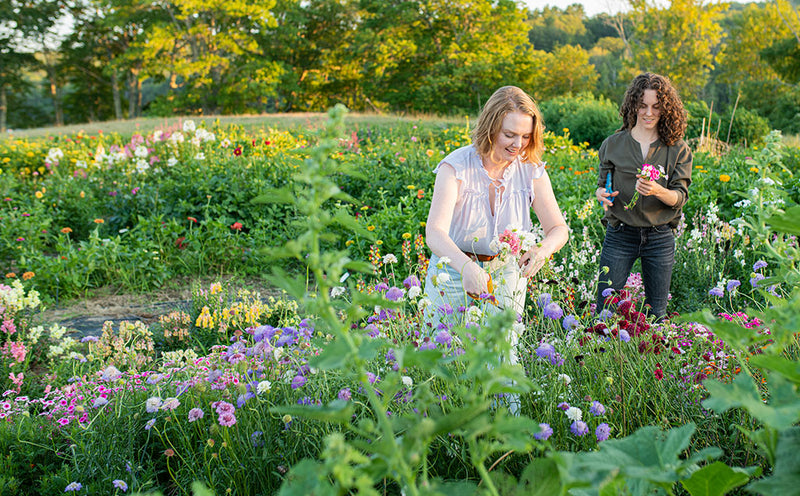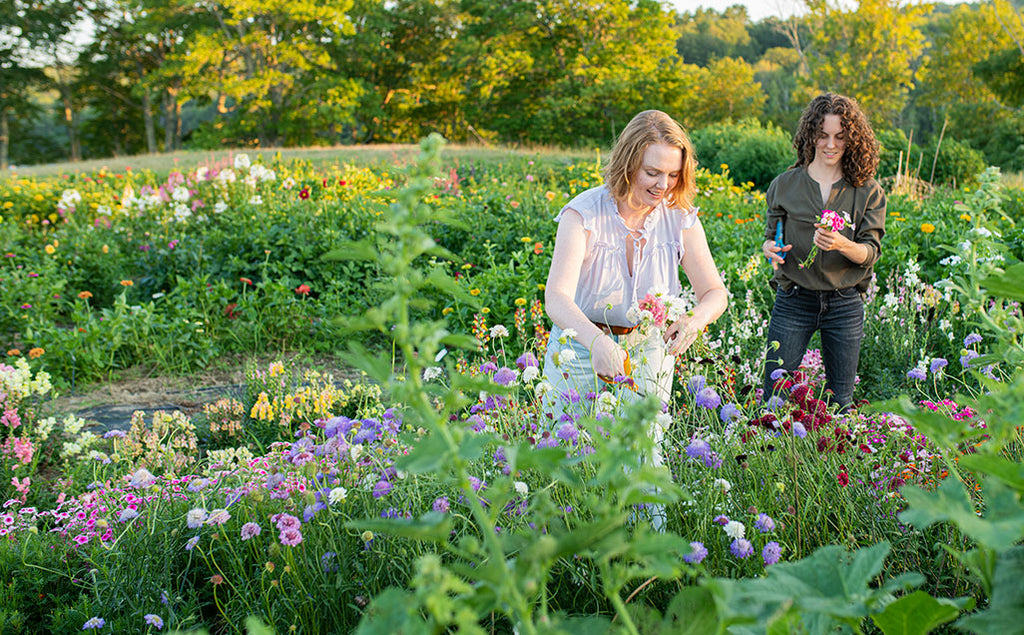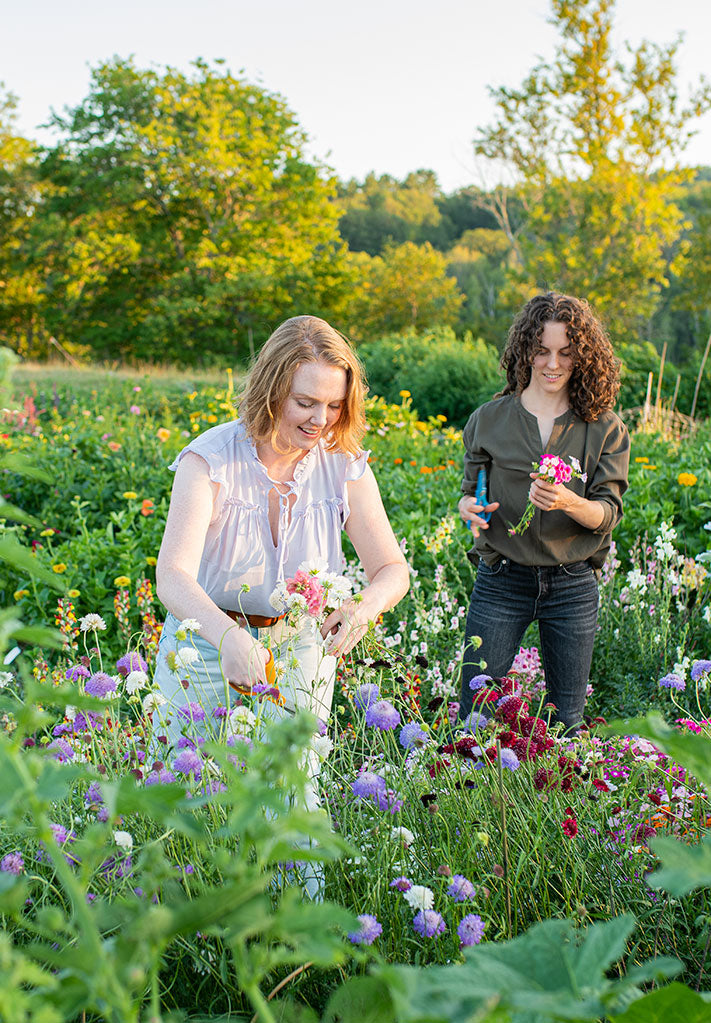WHEN TO SET OUTSIDE
In spring, after last frost, or in early autumn.
PLACEMENT & CULTIVATION
Yarrow has a long-standing tradition as a healing herb, and many a soldier relied on the leaves of Woundwort or Herbe Militaris to stop the bleeding of battlefield wounds. Medieval peasants gathered its pungent leaves to add to the wild-crafted salads of the day, giving rise to another folk name, Old Man's Pepper. Carefree yarrow adds sheets of flat-topped flowers above gray-green ferny leaves in garden borders and rock gardens, making it a powerhouse bloomer. It is a great choice for sunny xeric gardens as it excels in hot, dry summer seasons. Cut for fresh or dried flowers, deadhead or cut back once the long-lasting flowers eventually fade. Perennials bulk up roots and foliage in their first year of growth, blooming more abundantly in the second year. Avoid rich, loamy, and moist soils as they will make the stems weak and cause the plant to spread vigorously.
Watering Details:
Drought tolerant. 1" a week until established; then water during dry spells.
Soil pH:
Prefers acidic to neutral soils.
Fertilizer:
Mix in about 2" of compost prior to planting. Apply a thin layer of compost each spring. Do not over-fertilize, as this will cause floppy, leggy stems.
Diseases & Pests:
Fungi can be a problem if placed in an area that is too wet. These include botrytis, mildew, rust, and stem rot. Avoid this by placing in a dry location that gets good airflow. If disease appears, treat with an organic fungicide. once per week until the problem is resolved.
When to Cut for Bouquets:
Harvest when flowers are fully open.
